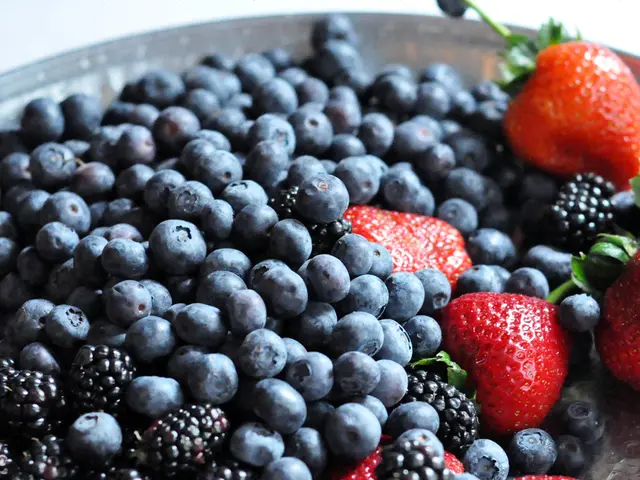New Research Suggests That Oats May Replicate the Impact of Ozempic
In the realm of weight loss solutions, two options have been making waves - Oat-Zempic, a homemade blend of oats, water, and lime juice, and Ozempic, a prescription medication. While both claim to aid in weight management, they operate on vastly different mechanisms and produce varying results.
Oat-Zempic, a popular DIY concoction, promotes satiety and supports weight management by leveraging the soluble fiber present in oats, particularly beta-glucan. This fiber, when consumed, can increase feelings of fullness and reduce appetite to some degree. However, its effects are far less potent than those of Ozempic, a prescription medication that directly influences appetite regulation and metabolism through hormonal pathways.
Ozempic, a GLP-1 receptor agonist, is a drug originally developed to treat Type 2 diabetes. It has gained fame not only for its ability to manage blood sugar levels but also for its weight loss benefits. The drug, marketed as Semaglutide under the brand name Ozempic, works by mimicking a digestive hormone called GLP-1, which helps lower blood sugar and suppress appetite. Its effects include delayed gastric emptying, reduced hunger hormones, and improved blood sugar control, leading to more pronounced weight loss results.
Clinical evidence supports oats as a helpful, natural adjunct for weight loss. A randomized controlled trial showed that replacing one meal a day with oat-based drinks led to modest but meaningful weight loss, averaging about 6.4 pounds over 12 weeks. However, it is important to note that these results are far less dramatic than typical pharmaceutical outcomes.
Emily Leeming, a registered dietitian, research fellow at King's College London, advises against using Oat-Zempic as a meal replacement due to potential nutritional deficiencies and health issues. Instead, she advocates for a healthy, well-balanced diet as the real 'hack' for weight loss. Leeming, who holds a BSc in Nutrition, MSc in Nutrition and Dietetics, and a PhD in the impact of diet on the gut microbiome, recommends incorporating high-fibre foods like nuts, seeds, rye bread, pumpernickel bread, beans, and avocado into one's diet for weight loss.
In summary, while Oat-Zempic can support weight loss efforts by promoting fullness and reducing overeating, it cannot replicate the potent appetite-suppressing and metabolic effects of the prescription drug Ozempic. It is best viewed as a gentle, accessible, natural complement—not a substitute—to medical weight loss treatments.
- The soluble fiber in oats, such as beta-glucan, found in homemade concoctions like Oat-Zempic, can increase feelings of fullness and reduce appetite, supporting weight management.
- Ozempic, a GLP-1 receptor agonist and prescription medication, directly influences appetite regulation and metabolism through hormonal pathways, producing more pronounced weight loss results compared to Oat-Zempic.
- A healthy, well-balanced diet that includes high-fibre foods like nuts, seeds, rye bread, pumpernickel bread, beans, and avocado, as advocated by registered dietitian Emily Leeming, is considered the real 'hack' for sustainable weight loss.
- While Oat-Zempic can aid in weight loss efforts, it is important to note that its effects are far less potent than those of prescription medications like Ozempic, and it should not be viewed as a substitute for medical weight loss treatments.







